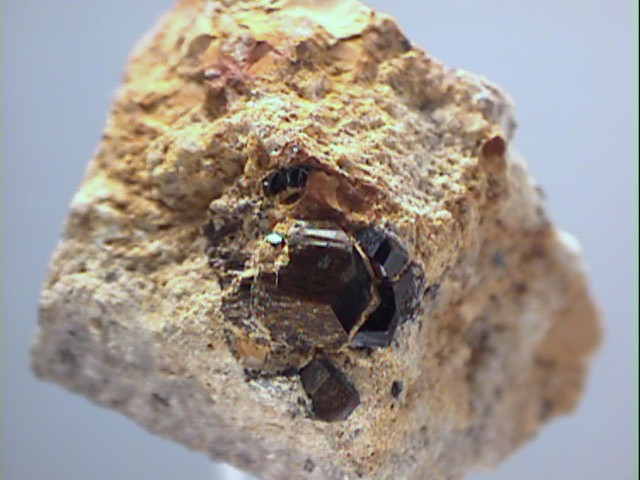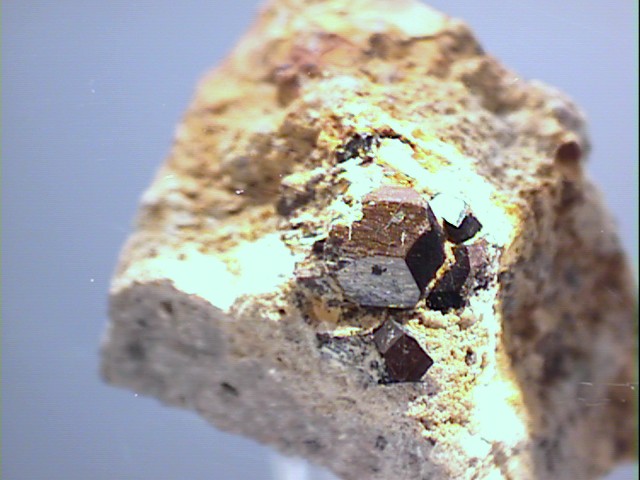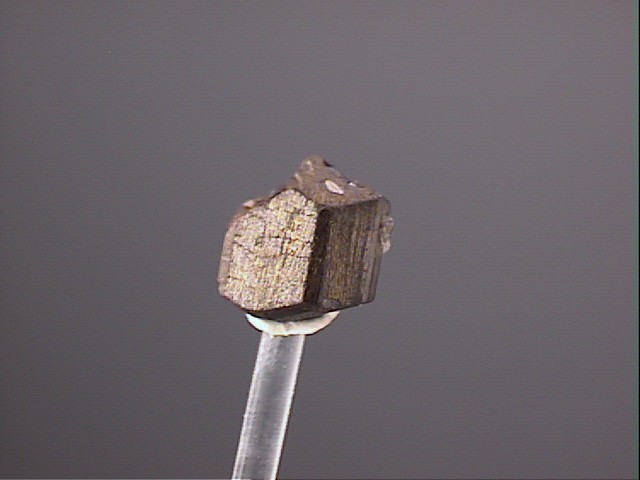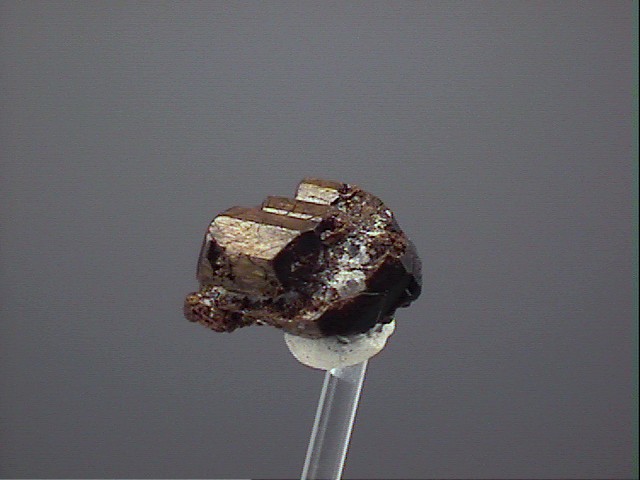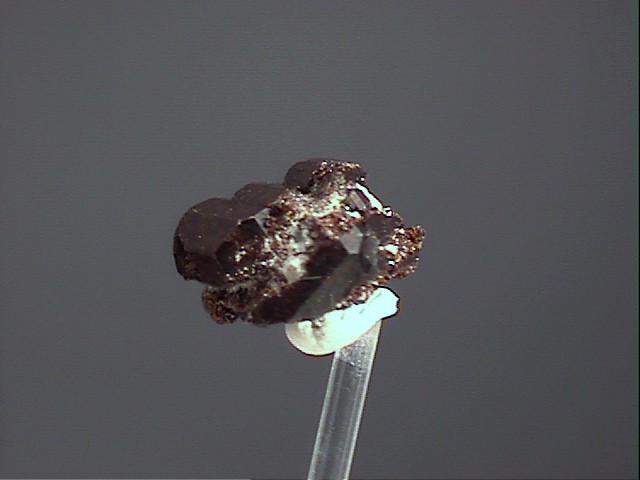 THE MINERAL BUERGERITE (A Tourmaline)
THE MINERAL BUERGERITE (A Tourmaline)
- Chemistry: NaFe3Al6Si6O18(BO3)3O3F, Sodium Iron Aluminum Boro-silicate Oxide Fluoride.
- Class: Silicates
- Subclass: Cyclosilicates
- Group: Tourmalines
- Uses: Only as mineral collection specimens
Specimens
Buergerite, when first discovered, was considered to be an unusual variety of schorl, another sodium iron tourmaline. But, the iron in buergerite is different than in schorl. In schorl, the iron is in the plus two (+2) oxidation state, but in buergerite the iron is in a plus three (+3) oxidation state. This makes buergerite a rather unusual tourmaline. To compensate for the extra +3 charges (one extra charge from each of the three iron ions in the formula) buergerite must substitute three of the four hydroxides (with a -1 charge each) , that are normally present in a typical tourmaline, for three oxygens (each with a -2 charge) in order to balance the formula. In addition to this odd-ball setup, buergerite has a fluorine (with a -1 charge) instead of that last hydroxide. Despite all of this chemical mayhem, buergerite still retains its tourmaline structure and most of the typical tourmaline characteristics.
PHYSICAL CHARACTERISTICS:
- Color is dark brown.
- Luster is vitreous.
- Transparency: Crystals are translucent to opaque.
- Crystal System is Trigonal; 3 m
- Crystal Habit is typically elongated three sided prisms. The terminations can be either a simple to complex trigonal pyramid or a flat basal face. The prism faces are striated lengthwise. In cross section, all tourmalines will appear predominantly triangular in shape with some crystals showing a hexagon. Doubly terminated crystals are hemimorphic meaning that the two ends of the crystal are not exactly alike. Massive specimens can also be found.
- Cleavage is absent although there is basal parting.
- Fracture is uneven to conchoidal.
- Hardness is 7 - 7.5
- Specific Gravity is 3.3+ (slightly heavier than average)
- Streak: Off white.
- Other Characteristics: Pleochroic and piezoelectric.
- Associated Minerals include those commonly found in volcanic rocks.
- Notable Occurrences is mostly limited to San Luis Potasi, Mexico.
- Best Field Indicators are crystal habit, triangular cross-section, locality, environment, color and hardness.

